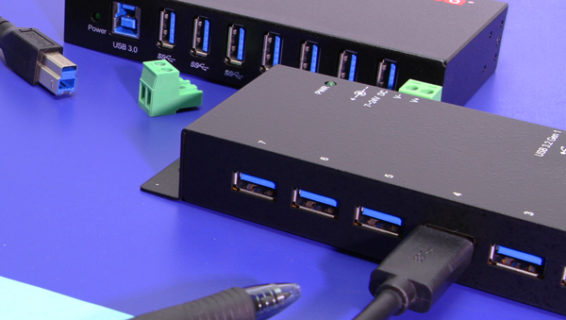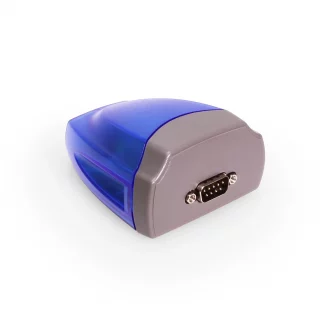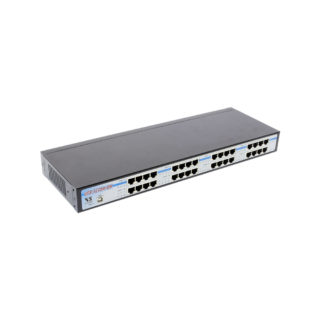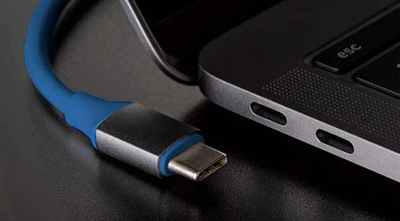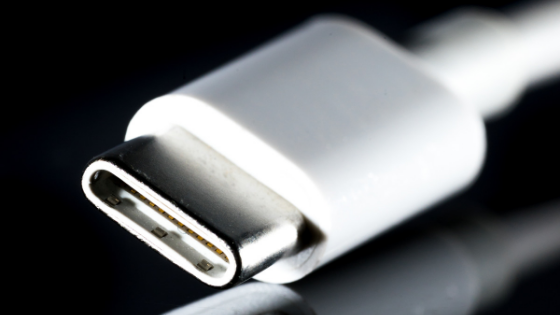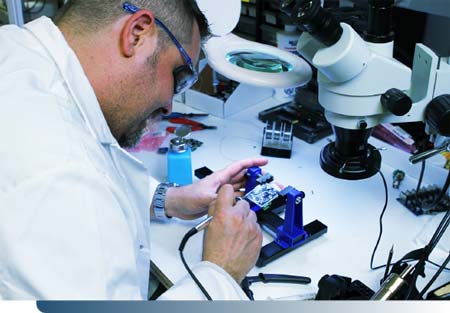We’ve all seen images of the possible future where a medical diagnosis can be given with the simple press of a button in seconds. No matter what condition someone is suffering from, all it takes is pointing a handheld device at them, taking a quick scan, and then looking at the readout to know, conclusively, what is wrong. Anyone who’s ever found themselves at a hospital knows that process would be a dream compared to the constant testing, re-testing, level checking, blood draws, and dozens of other procedures that medical professionals have to go through today. Especially when you consider that the results after all of that rigmarole might still be a shrug of the shoulders and a, “We don’t know.”
There is one particular analytical tool that we have access to that can make surgeons look positively clairvoyant, though. It’s called the intelligent surgical knife, according to The Medical Futurist, and it represents a potential jumping off point for a whole new kind of medical technology.
How Does This Knife Work?
On the surface, the intelligent surgical knife just looks like a new twist on a very old idea. An electrical current runs through the knife, heating up the tissue, and making it easier to deliver incisions. In a way, it makes it like putting a hot knife through butter. That concept has been around for a while, but it’s the additional components of the knife that make it unique.
When the current from the knife cuts, it of course vaporizes some tissue. The idea was that it would minimize blood loss when this technology was first introduced. However, the intelligent surgical knife has sensors on it that will analyze the vaporized tissue, running the sample through a mass spectrometer. This allows it to decipher what is in a patient’s body in real-time, and to give that information to the surgeon in seconds so they can proceed accordingly.
In other words, this knife could help surgeons find out in moments if a growth is benign, or malignant, thus allowing them to make proper adjustments during a surgical procedure.
Knowledge is Power
The idea behind this knife, and other, similar advancements, is to make sure that medical professionals can get as much definitive information about what’s going on in our bodies as possible, and to do it as quickly as technology allows. Sometimes this means developing smaller, portable versions of existing technology (a mass spectrometer that can interact with something the size of a large scalpel), and other times it means developing entirely new ways of seeing the body, and what’s happening inside it.
What form those future designs will take depends a great deal on the discoveries we make, and the forms our technology takes.
For example, Google has already developed contact lenses that can detect glucose levels in the body, alerting diabetics when they dip below a safe level. Wearable devices can gather information about our activity levels, our heart rates, and even how well we sleep, allowing doctors to get access to all our information from a remote location in real-time. Methods are getting more nuanced, and less invasive, practically every day, and the toolbox that medical professionals have access to is only going to get deeper, and broader as more technological solutions are added to it.
So while we probably won’t be able to point a smartphone-sized device at someone and be able to get their full diagnosis in the next few years, we are definitely taking steps to get ourselves there. For more information on the latest developments in technology, and how that is going to affect your life, simply contact us today!



